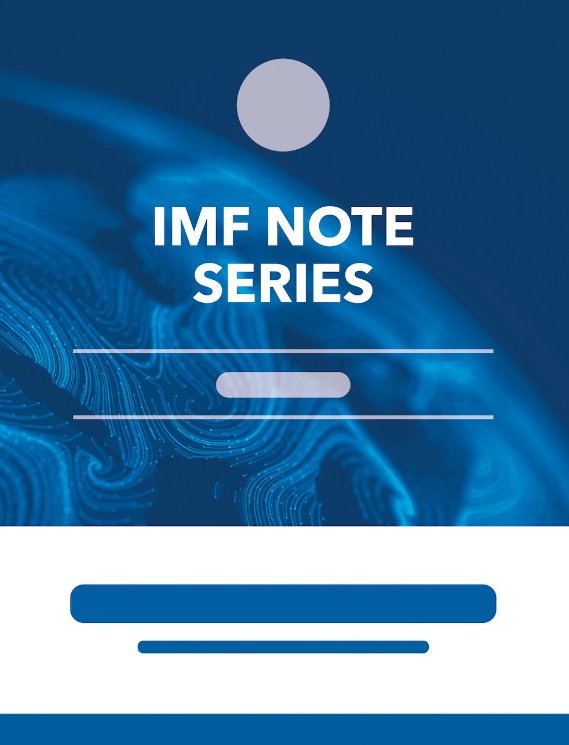The Negative Mean Output Gap
August 23, 2019
Disclaimer: IMF Working Papers describe research in progress by the author(s) and are published to elicit comments and to encourage debate. The views expressed in IMF Working Papers are those of the author(s) and do not necessarily represent the views of the IMF, its Executive Board, or IMF management.
Summary
Subject: Labor, Output gap, Potential output, Prices, Production, Sticky prices, Wage adjustments, Wage rigidity
Keywords: adjustment cost, business cycles, fiscal policy, Global, mean output gap, monetary policy, nominal wage rigidity, Output gap, output gap concept, output gap definition, output gap estimate, Output gap estimation, output gap filter, Potential output, standard deviation, Sticky prices, time series, Wage adjustments, Wage rigidity, WP
Pages:
24
Volume:
2019
DOI:
Issue:
183
Series:
Working Paper No. 2019/183
Stock No:
WPIEA2019183
ISBN:
9781513511740
ISSN:
1018-5941





